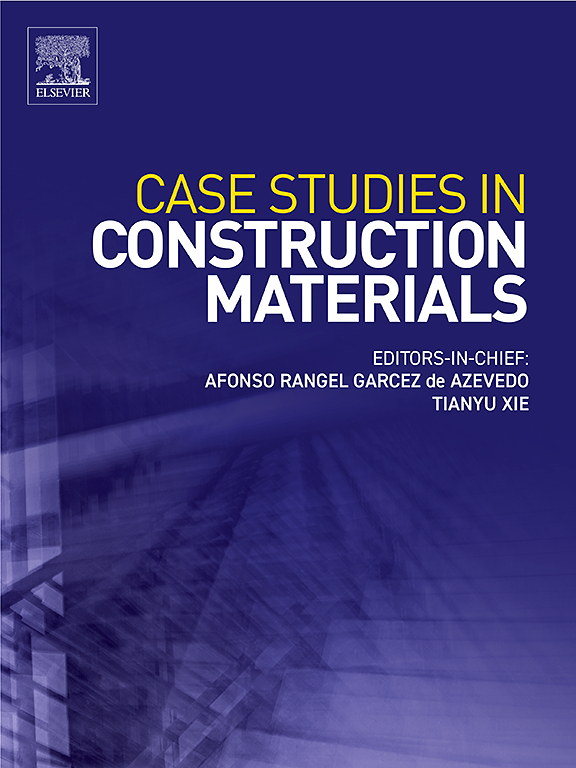Prediction of moment improvement in UHPC strengthened damaged RC beams based on data augmented machine learning
IF 6.6
2区 工程技术
Q1 CONSTRUCTION & BUILDING TECHNOLOGY
引用次数: 0
Abstract
Strengthening of damaged reinforced concrete (RC) structures with ultra high performance concrete (UHPC) can increase their load carrying capacity and durability. However, there are limited studies that forecast the moment improvement (Mu) in strengthening damaged RC beams. The aim of this study is to develop a reliable model that can precisely predict Mu. Initially, the researchers gathered 173 datasets from experimental studies. Due to the limited amount of data available, kernel density estimation (KDE) was employed to expand the data. Subsequently, six machine learning algorithms were developed to predict the Mu. In addition, a new prediction model was constructed by considering the failure modes of the strengthened beams. Finally, Shapley Additive Explanations were employed to conduct an evaluation of model explainability. The results show that KDE can improve the robustness and accuracy of the model. Extreme gradient boosting performed best in predicting Mu and considering the failure mode could improve the accuracy of the model. The height of the RC beam, the reinforcement ratio of the UHPC, and the width of the RC beam have a large and proportional effect on Mu. This study can provide guidance for the engineering design of UHPC strengthened damaged RC beams.
基于数据增强机器学习的UHPC加固损伤RC梁弯矩改善预测
用超高性能混凝土(UHPC)对受损钢筋混凝土结构进行加固,可以提高其承载能力和耐久性。然而,对损伤钢筋混凝土梁加固时弯矩改善(Mu)的预测研究有限。本研究的目的是建立一个可靠的模型,可以精确地预测Mu。最初,研究人员从实验研究中收集了173个数据集。由于可用的数据量有限,采用内核密度估计(KDE)来扩展数据。随后,开发了六种机器学习算法来预测Mu。此外,考虑加固梁的破坏模式,建立了新的预测模型。最后,采用Shapley加性解释对模型的可解释性进行评价。结果表明,KDE可以提高模型的鲁棒性和准确性。极值梯度增强预测Mu的效果最好,考虑失效模式可以提高模型的精度。钢筋混凝土梁的高度、UHPC的配筋率和钢筋混凝土梁的宽度对Mu有较大的比例影响。该研究可为UHPC加固损伤RC梁的工程设计提供指导。
本文章由计算机程序翻译,如有差异,请以英文原文为准。
求助全文
约1分钟内获得全文
求助全文
来源期刊

Case Studies in Construction Materials
Multiple-
CiteScore
7.60
自引率
19.40%
发文量
842
审稿时长
63 days
期刊介绍:
Case Studies in Construction Materials provides a forum for the rapid publication of short, structured Case Studies on construction materials. In addition, the journal also publishes related Short Communications, Full length research article and Comprehensive review papers (by invitation).
The journal will provide an essential compendium of case studies for practicing engineers, designers, researchers and other practitioners who are interested in all aspects construction materials. The journal will publish new and novel case studies, but will also provide a forum for the publication of high quality descriptions of classic construction material problems and solutions.
 求助内容:
求助内容: 应助结果提醒方式:
应助结果提醒方式:


